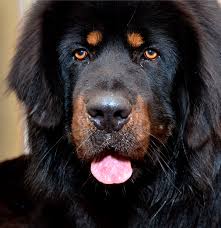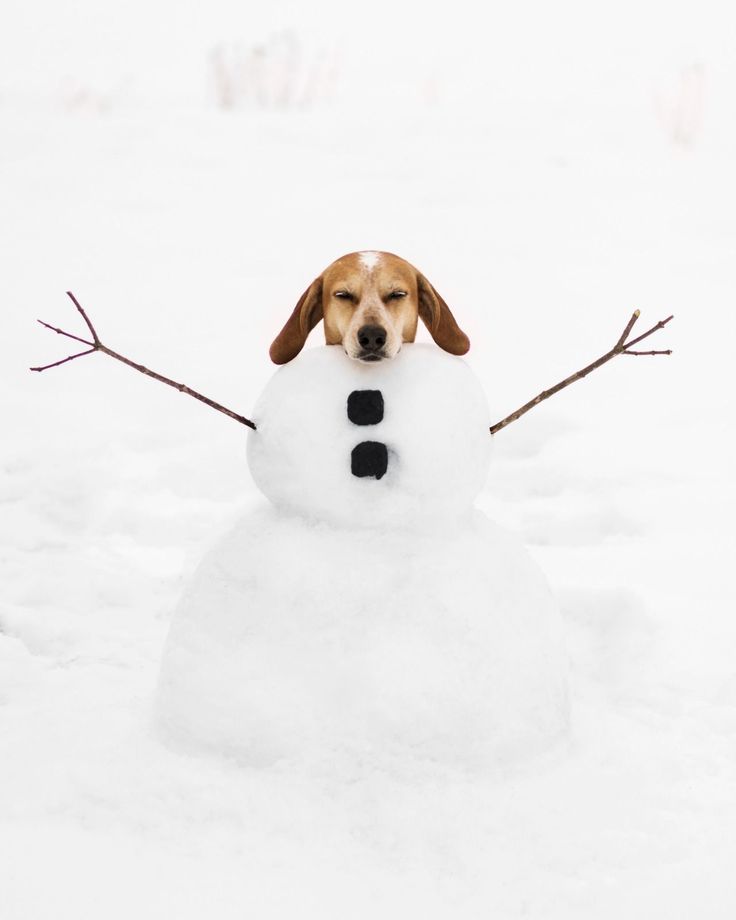
Winter brings colder temperatures, shorter days, and unique challenges for dog owners. Ensuring your canine companion stays healthy and comfortable during this season requires special attention to their needs. This article provides essential tips for caring for dogs during winter, from keeping them warm to protecting their paws from ice and snow.
Keeping Warm
Providing Adequate Shelter
Proper shelter is crucial in winter, whether your dog spends time indoors or outdoors.
- Indoor Comfort: Ensure your home is warm and draft-free. Provide your dog with a cosy bed in a draft-free area, away from cold floors and doors.
- Outdoor Shelter: If your dog spends significant time outdoors, provide a well-insulated house that is waterproof and elevated off the ground. The entrance should face away from prevailing winds.
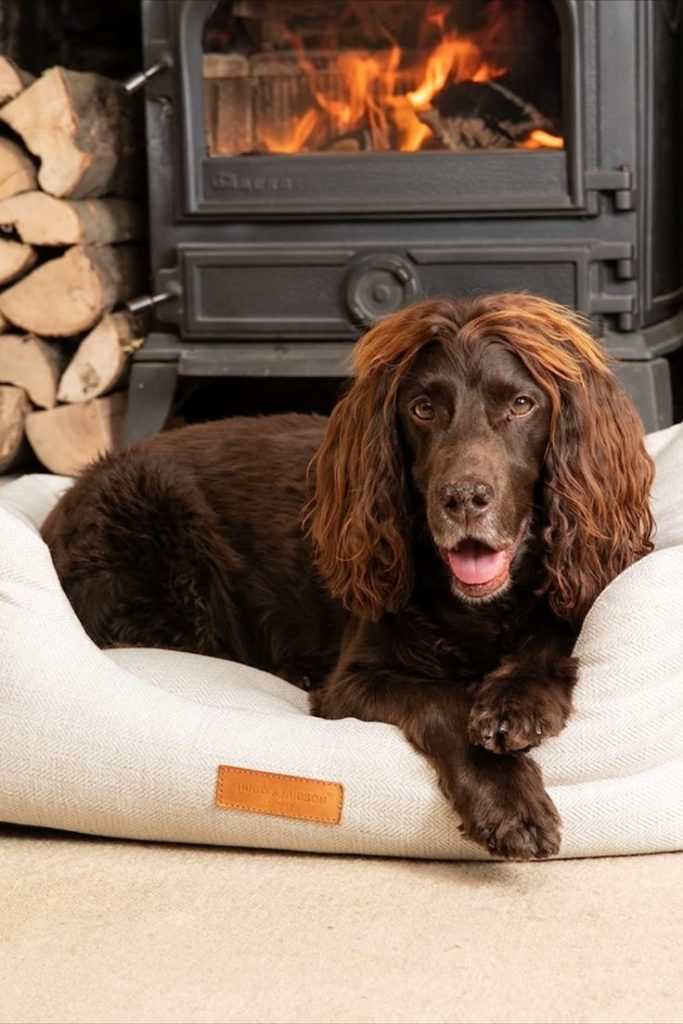
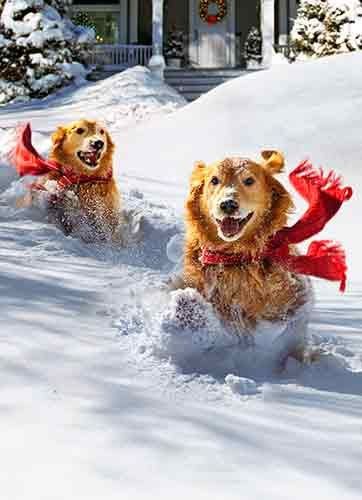
Warm Clothing
Some dogs, especially those with short coats or low body fat, may need extra protection against the cold.
- Dog Sweaters and Coats: Invest in well-fitting sweaters or coats to keep your dog warm during walks. Ensure they cover the neck and belly for maximum warmth.
- Booties: Use dog booties to protect your dog’s paws from cold, ice, and salt. They also provide traction on slippery surfaces.
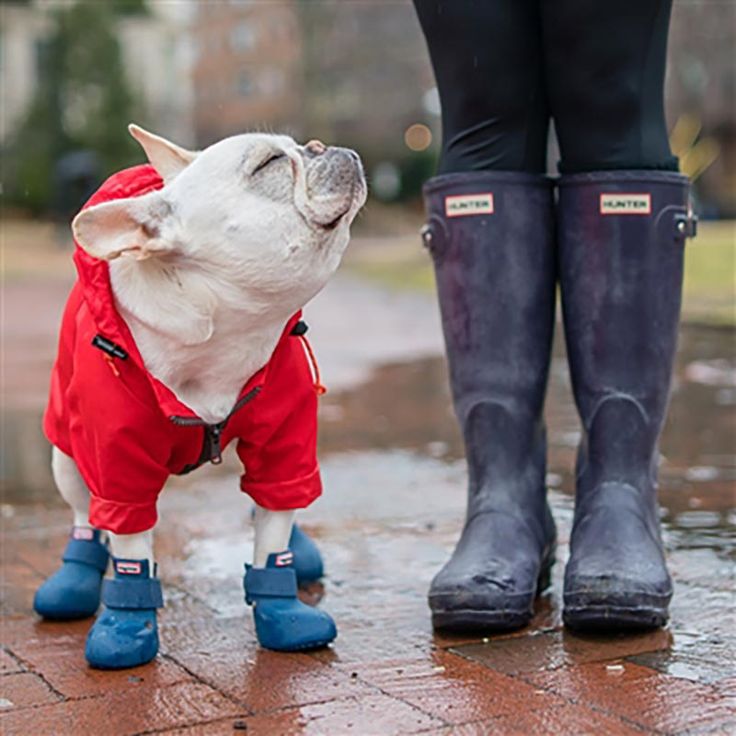
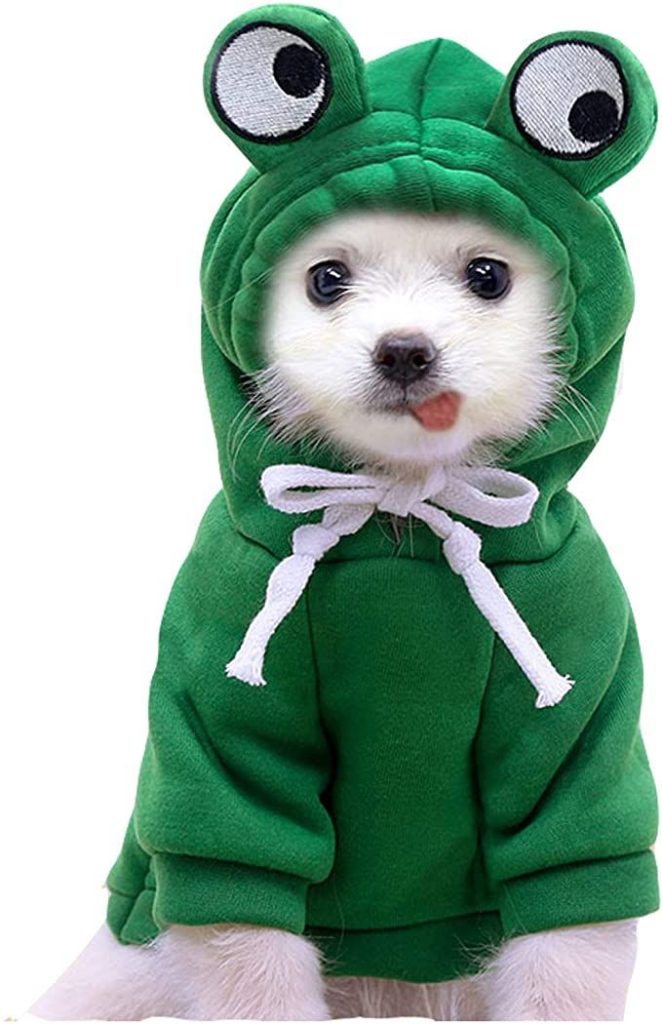
Paw Protection
Avoiding Ice and Salt
Winter can be harsh on a dog’s paws due to ice, snow, and salt used on roads and sidewalks.
- Paw Checks: Regularly check your dog’s paws for cracks, cuts, or irritation. Clean their paws after walks to remove any ice, salt, or chemicals.
- Paw Balm: To protect against the elements, apply paw balm or petroleum jelly before walks. This can help keep their paw pads moisturized and prevent cracking.
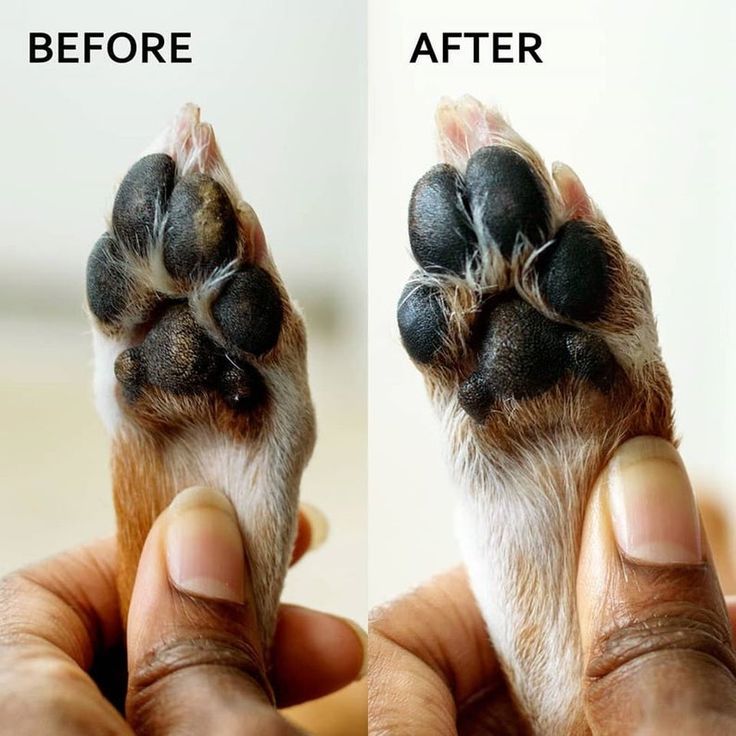
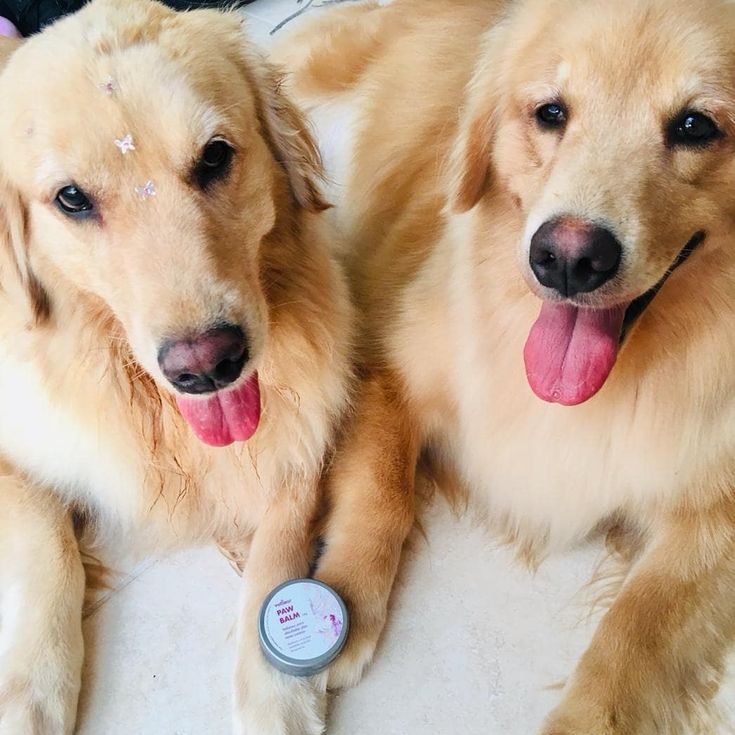
Grooming
Proper grooming is essential in winter to maintain your dog’s coat and skin health.
- Regular Brushing: Brush your dog regularly to remove loose fur and prevent matting. A well-groomed coat provides better insulation.
- Avoid Overbathing: Too many baths can strip natural oils from your dog’s skin, causing dryness and irritation. When you do bathe your dog, use moisturizing shampoos and conditioners.
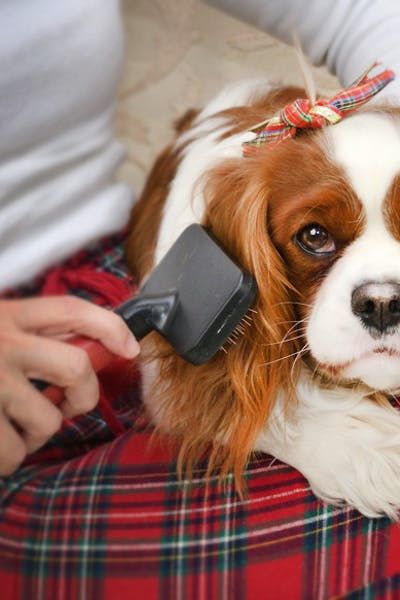

Exercise and Outdoor Activities
Adjusting Exercise Routines
An active lifestyle is not just a choice, but a responsibility for your dog’s health, even in winter. It helps to maintain their weight, keeps their muscles toned, and their mind sharp.
- Shorter Walks: On frigid days, take shorter, more frequent walks to minimize exposure to the cold.
- Indoor Exercise: Engage your dog in indoor activities and games to keep them active. Use toys, puzzle feeders, and training exercises for mental and physical stimulation.
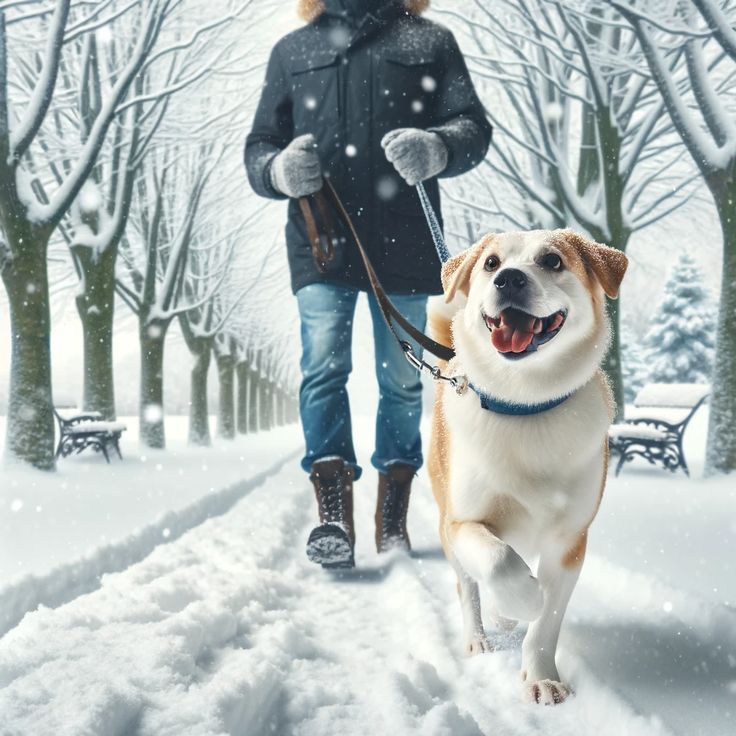
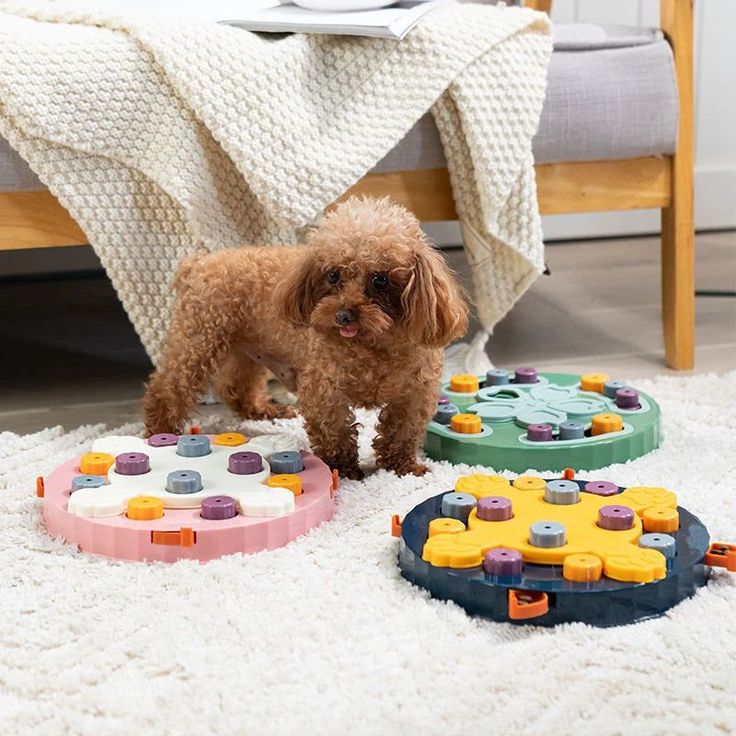
Safety Precautions
- Ensuring visibility: With shorter daylight hours, it’s crucial to make your dog visible during walks. Use reflective collars, leashes, and clothing to enhance their visibility.
- Hydration: Ensure your dog stays hydrated, even in winter. Provide fresh water and check that outdoor water bowls do not freeze.
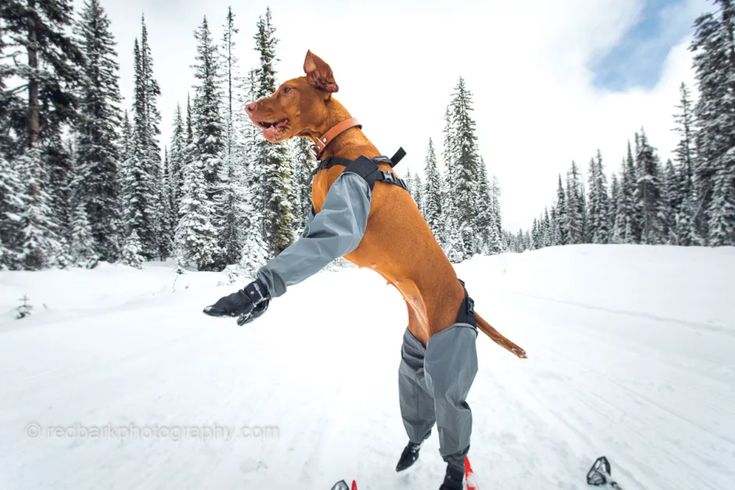
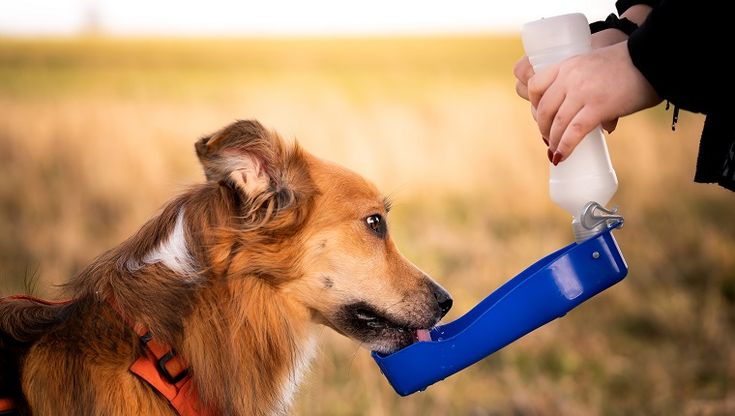
Health Considerations
Preventing Hypothermia and Frostbite
It’s important to be aware that dogs can suffer from severe conditions like hypothermia and frostbite if exposed to extreme cold for too long. These are serious health risks that require immediate attention and action.
- Limit Exposure: Limit your dog’s time outside during freezing weather. If your dog shows signs of hypothermia (shivering, lethargy, weakness), bring them indoors immediately and warm them gradually.
- Frostbite Checks: Check your dog’s extremities (ears, tail, paws) for signs of frostbite, such as pale or grey skin, coldness, or pain. If you suspect frostbite, seek veterinary care immediately.

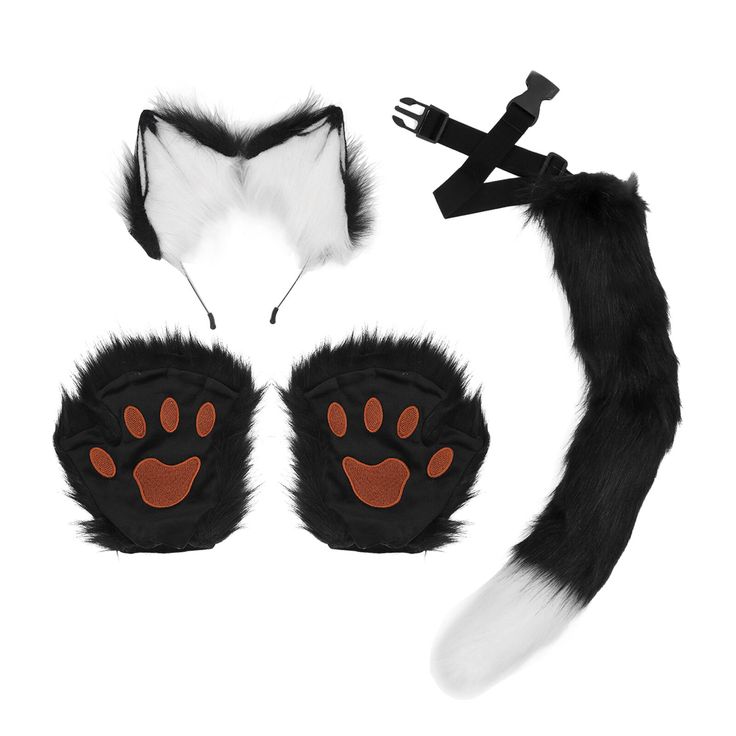
Nutritional Needs
Your dog’s nutritional needs may change in winter.
- Diet Adjustments: Some dogs may need more calories to maintain body heat, especially if they spend much time outdoors. Consult with your vet to determine if dietary adjustments are necessary.
- Weight Management: Ensure your dog maintains a healthy weight. Monitor their body condition and adjust food intake to prevent winter weight gain.

Special Considerations
Senior Dogs and Puppies
Vulnerability to Cold: It’s important to note that senior dogs and puppies are particularly vulnerable to the cold. This vulnerability necessitates special considerations and additional care.
Extra Warmth: It’s crucial to provide extra bedding and warmth for senior dogs and puppies. Their vulnerability to the cold is higher, making additional care a necessity. They may greatly benefit from heated beds or blankets.
Frequent Check-ins: Regular monitoring is essential for senior dogs and puppies in cold weather. They are more prone to discomfort or health issues, such as joint pain in older dogs or ineffective body temperature regulation in puppies.
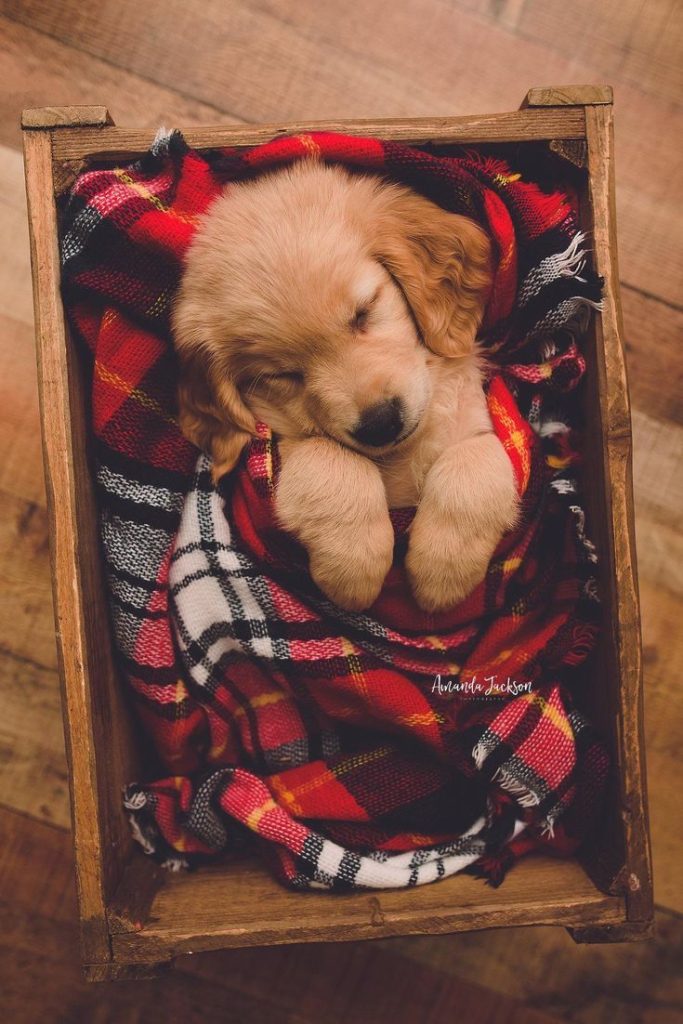
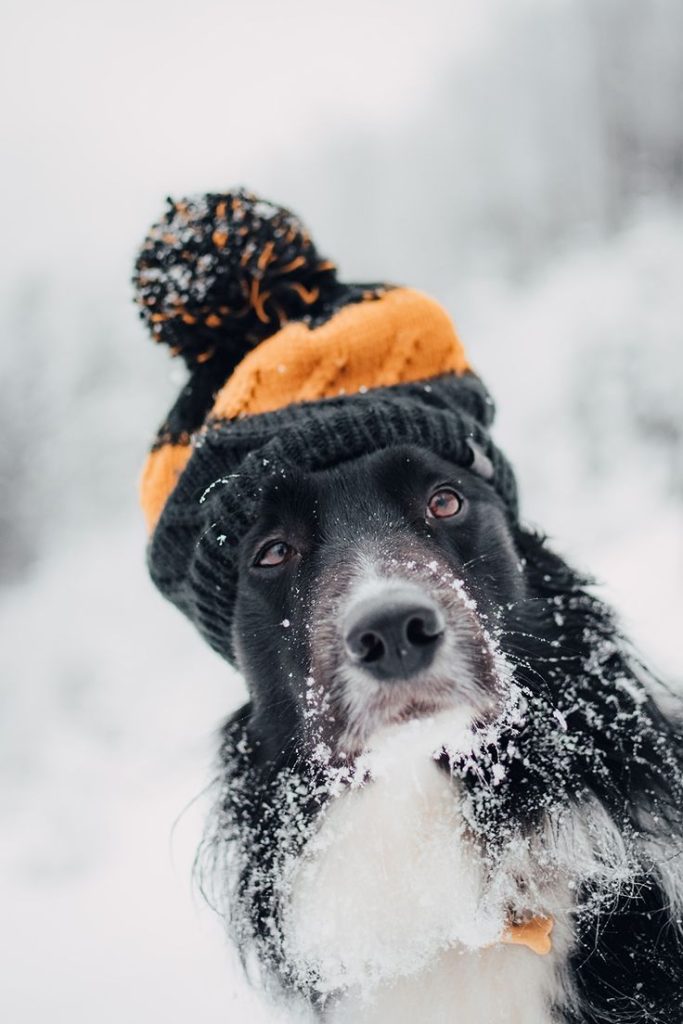
Winter requires special attention to ensure your dog stays healthy, comfortable, and safe. By providing adequate shelter, protecting their paws, adjusting exercise routines, and monitoring their health, you can help your canine companion thrive during the colder months. With proper care, you and your dog can enjoy the winter season together, creating warm and happy memories.
